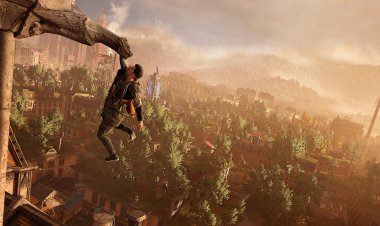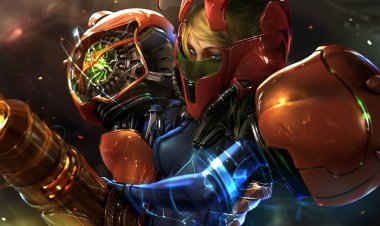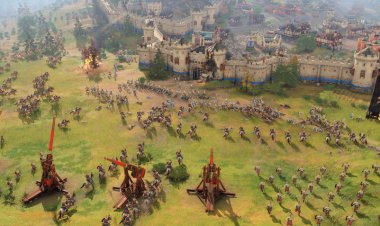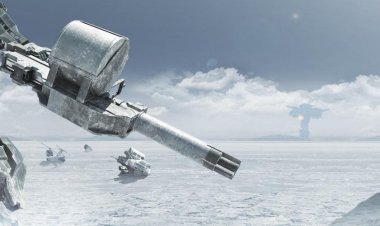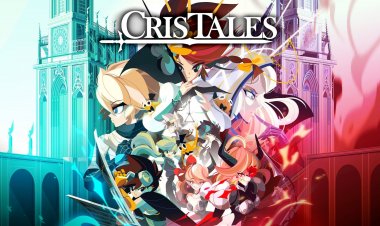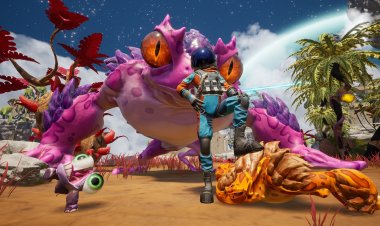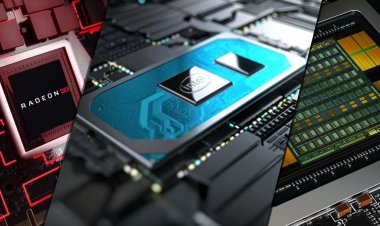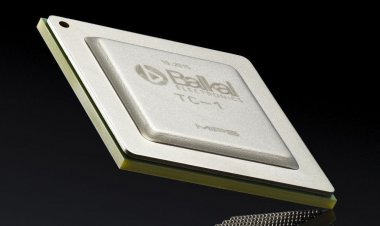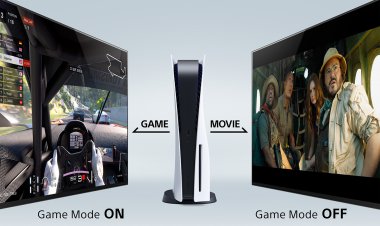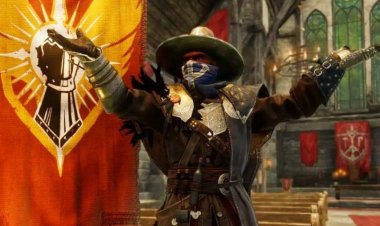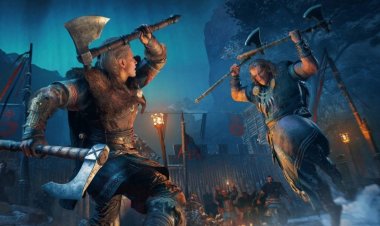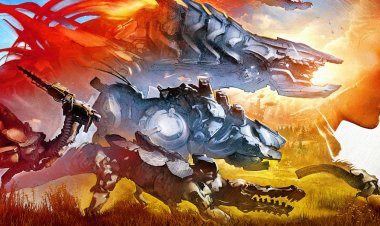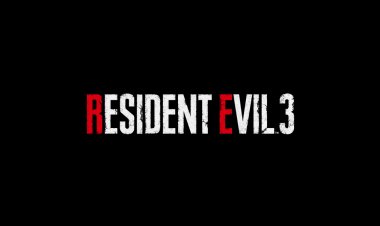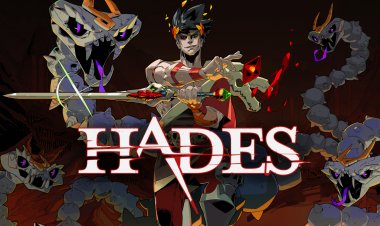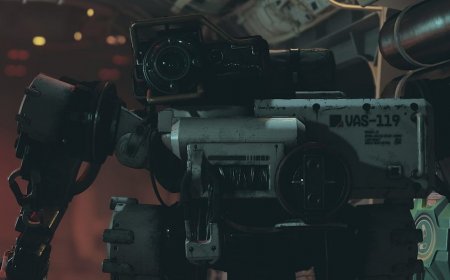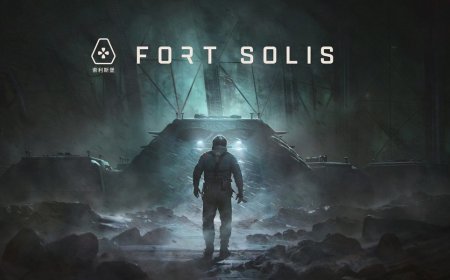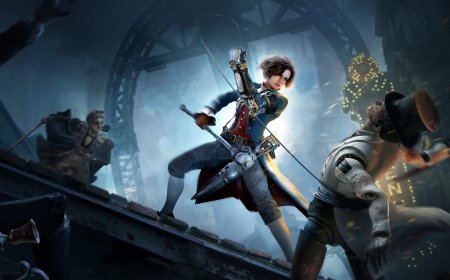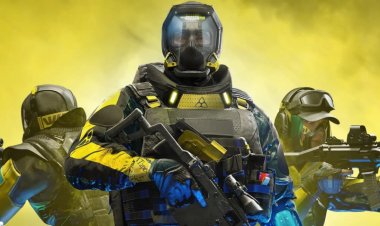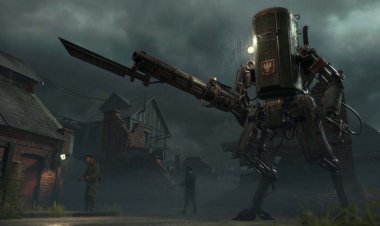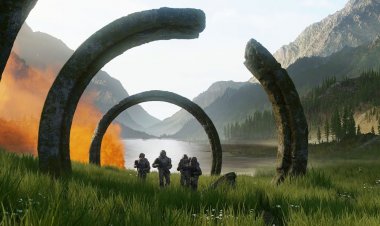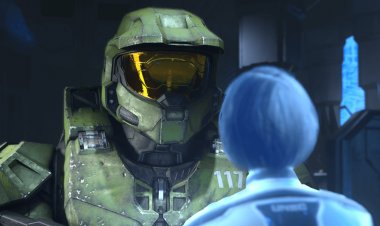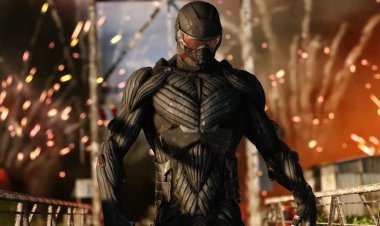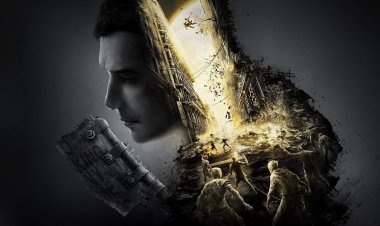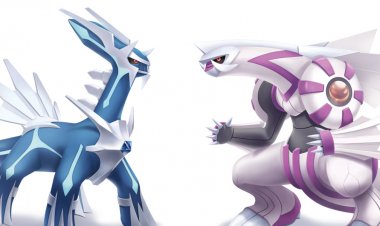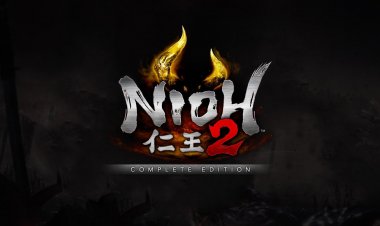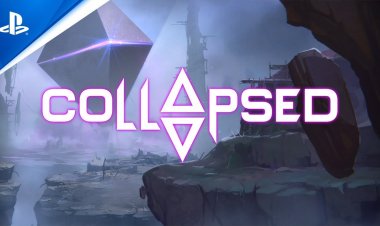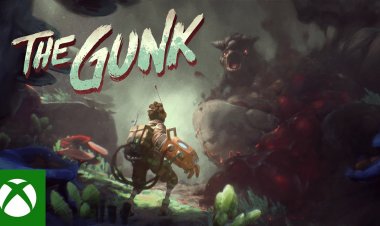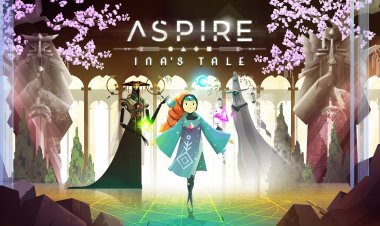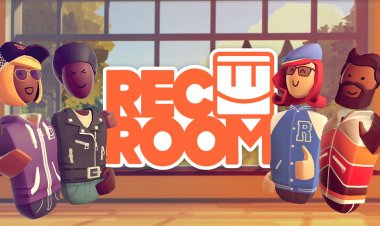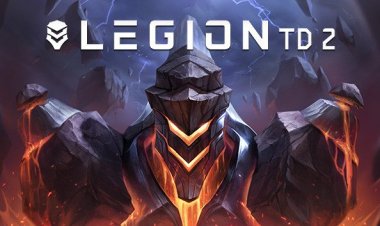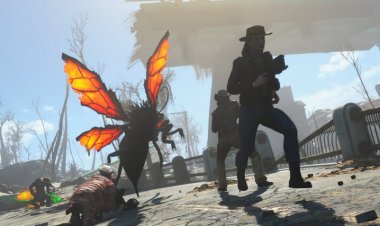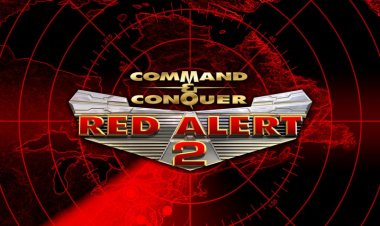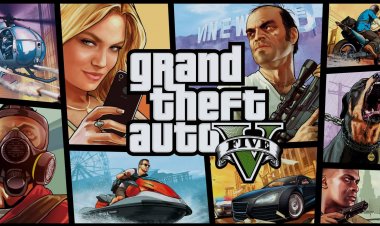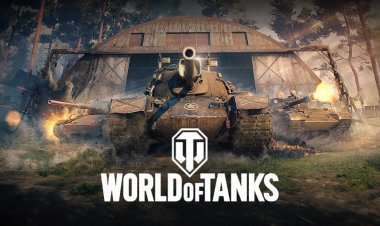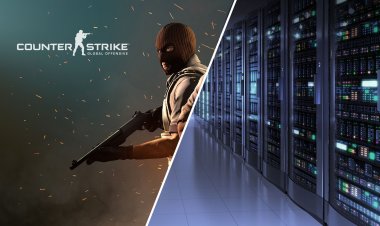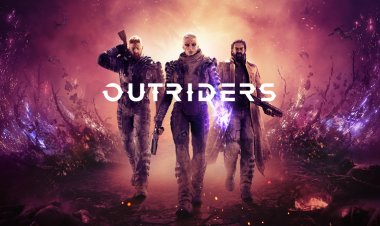Star Wars: Squadrons - review
Developers from EA Motive set a noble, in General, goal – to return players to the times of popularity of the notorious Star Wars: X-Wing and TIE-Fighter, releasing Star Wars: Squadrons.

A flight simulator in which you will take the role of one of the pilots of both the Imperial squadron and the New Republic squadron, while placing a serious emphasis on online battles. In our review, we will tell you whether Squadrons is worthy of being called the successor to the famous series, or is it just an attempt to earn money on fans who are hungry for the genre.
The story of Star Wars: Squadrons originates after the battle of Yavin. Angry after an unfortunate defeat, the Empire begins a full-scale hunt for the rebels. On one of the operations, we are introduced to the main characters – Imperial pilots Lyndon Javes and his protégé Terisa Kerrill. During a RAID on rebel transport ships, Javes, tired of the Empire's brutal methods, defects and goes over to the Alliance, and further events will develop after the destruction of the second Death Star. Javes and Kerrill rise through the ranks (in the New Republic and in the battered but still Empire, respectively) and already command their own squadrons of pilots. The confrontation of old friends unfolds against the backdrop of the construction of a prototype of the newest cruiser by the New Republic, designed to decide the outcome of the war.
Although Javes and Kerrill are at the center of the story, the player sees everything described above through the eyes of a weak-willed and silent pilot of one of the mentioned squadrons. The main part of the story, in addition to cutscenes, is served through briefings and dialogues (more precisely, listening to monologues, because our alter ego is deprived of the gift of speech) with other pilots in the hangar and is an endless stream of exposition. And it often looks very strange: while in the hangar, the character can silently approach one of the comrades, he begins to pour out his soul, while our hero, again silently, blinks his eyes, and as soon as the interlocutor speaks out, still silently leaves. Ow, screenwriters, people don't talk like that. Most likely, this is due to the reluctance to record dialogues on the part of the main character several times, because in the customization menu we can choose which voice he will shout short phrases during gameplay. But this choice of priorities can hardly be called adequate, because the prescribed protagonist is much more important than the ability to choose the type of voice that does not affect anything.
As for the other characters, the situation is not much better with them. First of all, we have full compliance with the current SJW agenda here. In The rebel Alliance, the positive characters are represented by dark-skinned people or aliens, and almost all women (in the vanguard squadron Of the Alliance, the male is only a lizard-Trandoshan, and your hero, if you define his gender as male). The Imperials are no better off: the top command staff is also all women, and the white men in command are represented exclusively by incompetent and hysterical fools who are always spoiling brilliant military plans. Against this background, even the gay Asian in the Imperial Titan squadron is less conspicuous.
But the bigger problem with history is that it is absolutely insignificant on the scale of the universe. The game tells us about the newest ship of the New Republic, which will determine the military superiority over the Empire. But, first, in the lore of Star wars, he does not appear and, accordingly, after the events of the game, the chronology of the universe is silent about him. And secondly, this whole mega-ship thing doesn't work even from the point of view of logic – this trump card in the sleeve of the Republicans is a ship with a very powerful tractor beam. How this should compete with the Empire's war machine with its limitless resources is a huge question that the game doesn't answer.

Now let's turn to the gameplay. Fortunately, with him in the game everything is much better. First of all, you should decide on one simple but important truth. No, this is not a cut-out of Battlefront 2 mode with fighter flights, which was trumpeted by critics of the game after the announcement. Despite the visual similarity, Squadrons has a lot of serious differences that determine the difference with the work of Criterion (let me remind you that this Studio was responsible for space battles in BF2).
If you found the X-Wing and TIE-Fighter series in the 90s, you will immediately understand what the Squadrons gameplay is like. The game has four types of ships from each of the opposing sides, including fighters, interceptors, bombers and support ships. Before the game was released, the developers repeatedly stated in their interviews that, they say, here we do not have an arcade space shooter, but a game with an eye on the simulator. You can only access the camera from the cockpit. There is no third-person mode. And for many, this will be a problem, because the inside of the cabin steals quite a lot of space on the screen, which makes it difficult to keep track of the enemy in the sight. On the other hand, the fighter cabins and, in particular, the control panels look great and are fully functional. In Star Wars: Squadrons, most of the interface is integrated into the ship's controls. Some people may think that the UI is too flashy and colorful, but this is a deliberate decision aimed at ensuring that all the information on the screen is clearly readable.
Another feature of the game is the management system of energy supplied to the various systems of the ship. You can choose to redistribute power between engines, weapons, and shields, if the starship is equipped with them, thus determining how effectively the corresponding systems will function. There is no universal energy distribution option that will always work. The gameplay is designed in such a way that the situation in the battle will change every second, and you will have to constantly adapt to new conditions. At the same time, the game settings allow you to choose exactly how you will configure the power supply of the ship's systems. At standard settings, when selecting the power priority of one of the systems, it is supplied with maximum energy, and the rest are satisfied with minimal residues. But you can always choose the mode of step-by-step distribution of power and already independently determine the proportions in which the corresponding modules will receive energy, if you want to get full control of the ship.
The physical behavior of starships is also quite different from the Battlefront 2 mentioned above. each of the ships available in the game feels different and offers a different set of features in battle. Interceptors are fast and maneuverable, but have the weakest protection. Bombers – on the contrary, much slower, but better hold the blow. Support ships are needed not so much to perform personal tasks, but to provide everything necessary for their comrades, for example, to throw ammunition, hang additional shields, and so on.
Ship management is very pleasant. You manually increase or decrease the engine thrust. At the same time, as the speed changes, the maneuverability of the vessel also changes, reaching maximum values at 50% of the thrust. A similar system can be observed in Elite: Dangerous. In addition, the game throws a few more chips in the management of transport, such as fast and furious and drift at maximum acceleration. The latter looks something like this: you apply maximum energy to the engines, accelerate, turn on the boost and, pulling the local handbrake, while maintaining inertia, quickly deploy the fighter. It looks cool and may well surprise the enemy hanging on your tail. Add shield management, where you can distribute power between the front and back shields in addition to the usual power-up, and you will get a very interesting gameplay that offers a sufficient number of combat options.
But that's not all. While in the hangar, you can change the filling of ships. You can customize guns, additional weapons, hull, shields and engines. After such customization, the same starship can be sharpened to perform completely different tasks. For example, a bomber can be equipped with reinforced engines and hull and equipped with ion bombs that cause maximum damage to the shields of large ships to quickly approach and deprive the enemy of protection. Or you can increase maneuverability and install proton torpedoes that can be aimed at key systems of the cruiser from afar, then deliver sniper attacks on vulnerable points, and then quickly retreat. And these options are enough to find the option that is most suitable for a particular situation.
Of course, all of the above is not able to fully unfold during the passage of a single-player campaign. No wonder the developers have repeatedly stated that the main focus is on network battles.
In multiplayer there are two modes: standard team Deathmatch and battle fleets. With the first one, everything is clear: two teams of five pilots, the first group gaining 30 frags wins. Much more interesting than the battle of the fleets. In this mode, your goal is to destroy the enemy's battleship. But to do this, first you need to weaken the defense of enemy fighters (in each team, in addition to five players, there are also starships controlled by bots), then destroy the second line of defense of two frigates, and then take up the battleship. The latter is also not so easy to destroy, because it is surrounded by a protective field, bristles with many turrets, and the fighters are not asleep. This leads to the main disadvantage of the mode – it will be difficult without coordinated actions of the played team. Almost every unsupported flight over a battleship is a one – way ticket, and when playing in a random lobby, a complete mess is created, in which everyone does what they want.
In addition to the customization of the fighter filling described above, additional cosmetic customization options are available in multiplayer. In addition to the colorings of the hulls and various emblems, it is possible to arrange the interior space of the starship cabins, which is logical, because most of the time we will observe the instrument panel, and not look at the ship's hull from the side. Here you can choose from all sorts of figures-bableheads, holographic images (apparently, Imperial pilots like to cheer themselves up with a hologram of Darth Vader on the dashboard) and so on. All cosmetics and ship upgrades are purchased exclusively for in-game resources. Microtransactions, it seems, are finally becoming a thing of the past.
The graphics in the game can please. The visual part is good both technologically and from the point of view of art design. The developers have tried to diversify the locations so that they differ from each other as much as possible. And they succeeded. Each campaign level and map in multiplayer looks unique. There are asteroid fields, huge stations, nebulae, and cemeteries of long-disabled ships of the Old Republic. In General, the eye has something to catch on to. However, the animation of characters during dialogues can be a bit upsetting. Apparently, the low budget of the project affects. So, during conversations in the hangar, the characters will stand like idols, absurdly throw up their hands and constantly avoid getting into lipsink.
It is also worth noting that the game community reports problems with support for flight joysticks. In particular, the problem area is the responsiveness of the control when using these controllers. On the other hand, in conjunction with the gamepad, the game works perfectly.
Star War: Squadrons sounds high-quality, and in the options you can choose binaural sound when using headphones. Of course, sodality and shots and explosions sound authentic.


It's hard to call Star Wars: Squadrons a bad game. It offers a very exciting and moderately deep gameplay, especially if you consider the emphasis on multiplayer. On the other hand, you can't help but notice a small amount of content – the campaign runs for eight hours, and the online game offers only two modes. At the same time, developers have no plans to release additional content, which is unlikely to help maintain the interest of the audience in the long term. Summing up, we can say that the game is still able to interest those users who are hungry for interesting flight simulators, and just fans of a galaxy far, far away will be pleased to be back in the x-wing cockpit. The rest of us are likely to be disappointed by an unimpressive story that is served under the sauce of modern trends in an attempt to please all social groups of consumers.













What's Your Reaction?













